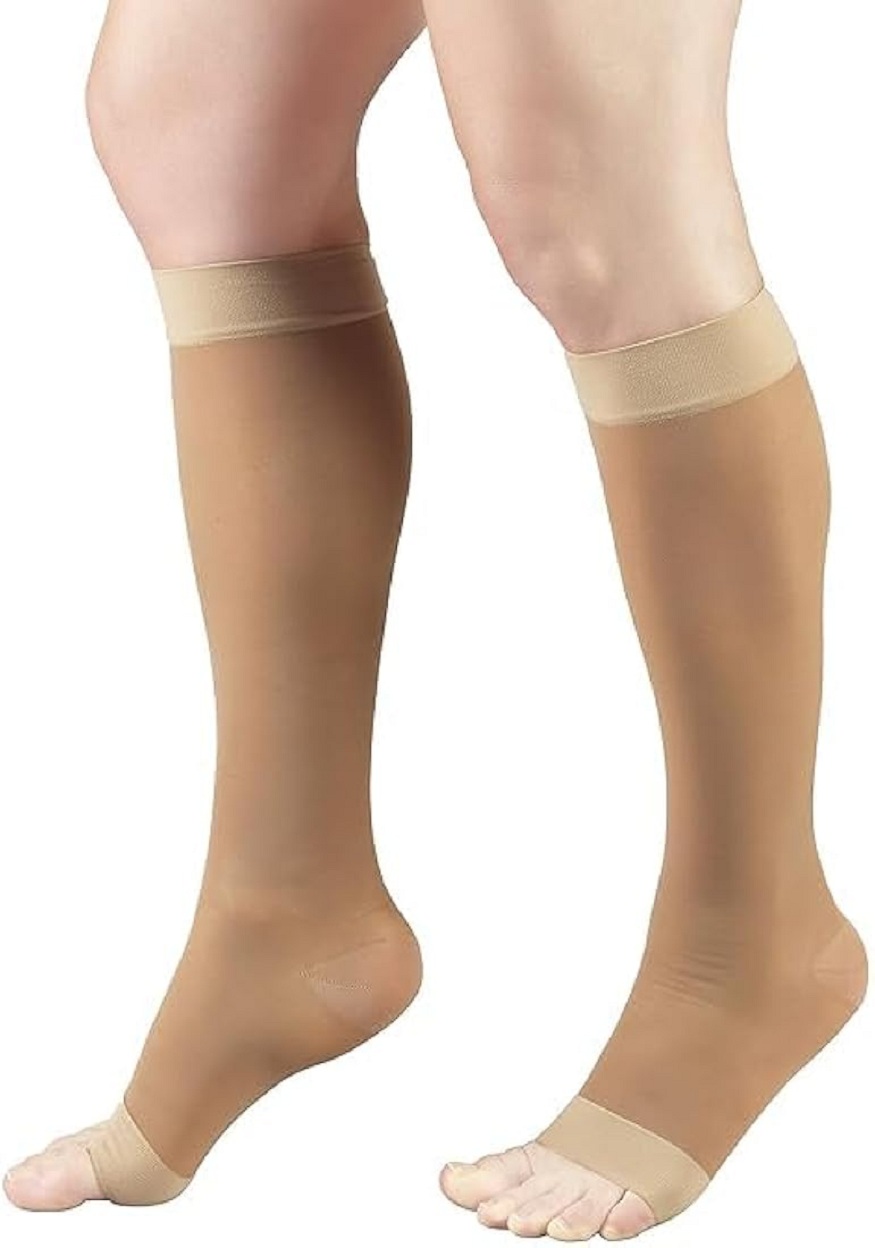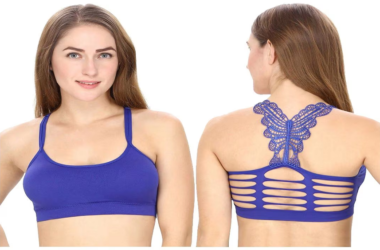In our fast-paced world, our legs are often the unsung heroes of our daily lives. They carry us through long commutes, power us through workouts, stand by us during demanding work shifts, and accompany us on countless adventures. Yet, despite their tireless efforts, we often take them for granted until discomfort sets in. That nagging aches after a long flight, the swelling that accompanies extended standing or the general fatigue that creeps in by day’s end – these are common complaints that can significantly detract from our quality of life.
While serious medical conditions always warrant professional attention, a surprising number of these everyday leg discomforts can be effectively managed and even prevented by a simple, yet remarkably powerful, solution: compression pressure socks for circulation – DFND USA. Far from being just a medical necessity for specific ailments, modern compression wear offers a soothing embrace that transforms how our legs feel, day in and day out. It’s a testament to the elegant simplicity of applied pressure, turning ordinary discomfort into an extraordinary sense of relief.
The Everyday Burden: Why Our Legs Ache
Before delving into the magic of compression, it’s helpful to understand why our legs often feel tired, heavy, or swollen. Several factors contribute to this pervasive discomfort:
- Gravity: Our bodies are constantly battling gravity, which pulls blood downwards, particularly in the lower extremities.With time, this can cause blood pooling in the veins, particularly in cases of extended sitting or standing.
- Venous Insufficiency (Mild): Even without a diagnosed medical condition, many individuals experience minor inefficiencies in their venous system. The tiny valves in our veins, designed to push blood back towards the heart, can become slightly less effective, leading to a build-up of fluid.
- Muscle Fatigue: Extended periods of activity or inactivity can cause muscles to ache. When muscles contract, they help pump blood and lymphatic fluid. If they’re not working efficiently, waste products can accumulate.
- Fluid Retention: Diet, hydration levels, hormonal changes, and even environmental factors can contribute to fluid retention, which often manifests as swelling in the legs and ankles.
- Travel: Long flights or car rides can severely restrict movement, exacerbating blood pooling and swelling due to prolonged sitting in confined spaces.
- Occupation: Jobs requiring prolonged standing (nurses, retail workers, teachers) or sitting (office workers, drivers) are notorious for causing leg fatigue and discomfort.
These factors combine to create the all-too-familiar sensations of heaviness, throbbing, cramping, and puffiness that many experiences daily.
The Science of Gentle Squeeze: How Compression Works
At its core, compression therapy involves applying graduated pressure to the legs.The pressure is highest at the ankle and then progressively drops as one climbs the leg toward the knee or thigh. Its efficacy depends critically on this clever design.
Here’s a breakdown of the science:
- Improved Blood Flow: The gentle, consistent pressure helps to constrict the surface veins and arteries, forcing blood to flow more efficiently back towards the heart. This helps circulation and helps the lower legs not pool blood.
- Reduced Swelling (Edema): By promoting better circulation and lymphatic drainage, compression garments help to push excess fluid out of the tissues and back into the circulatory system, where it can be processed and eliminated. This greatly lowers edema and the related discomfort.
- Enhanced Muscle Support: Compression provides a subtle “hug” to the muscles, reducing muscle oscillation (vibration) during movement. This can lessen muscle fatigue and soreness, particularly during or after physical activity.
- Oxygen Delivery and Waste Removal: By improving blood flow, compression ensures that oxygenated blood reaches muscle tissues more efficiently, and metabolic waste products (like lactic acid) are more readily removed, contributing to faster recovery and less soreness.
- Valve Support: For those with mild venous insufficiency, compression helps the delicate valves in the veins function more effectively, preventing backflow of blood and further pooling.
It’s this multi-faceted action that makes compression such a versatile tool for everyday leg comfort.
Embracing the Soothing Power
The beauty of compression lies in its accessibility and immediate impact. Incorporating compression socks or sleeves into your daily routine is a simple yet effective way to reclaim comfort and vitality in your legs. It’s an easy lifestyle adjustment that can lead to significant improvements in how you feel, allowing you to focus on living your life to the fullest, unhindered by everyday leg discomfort.






